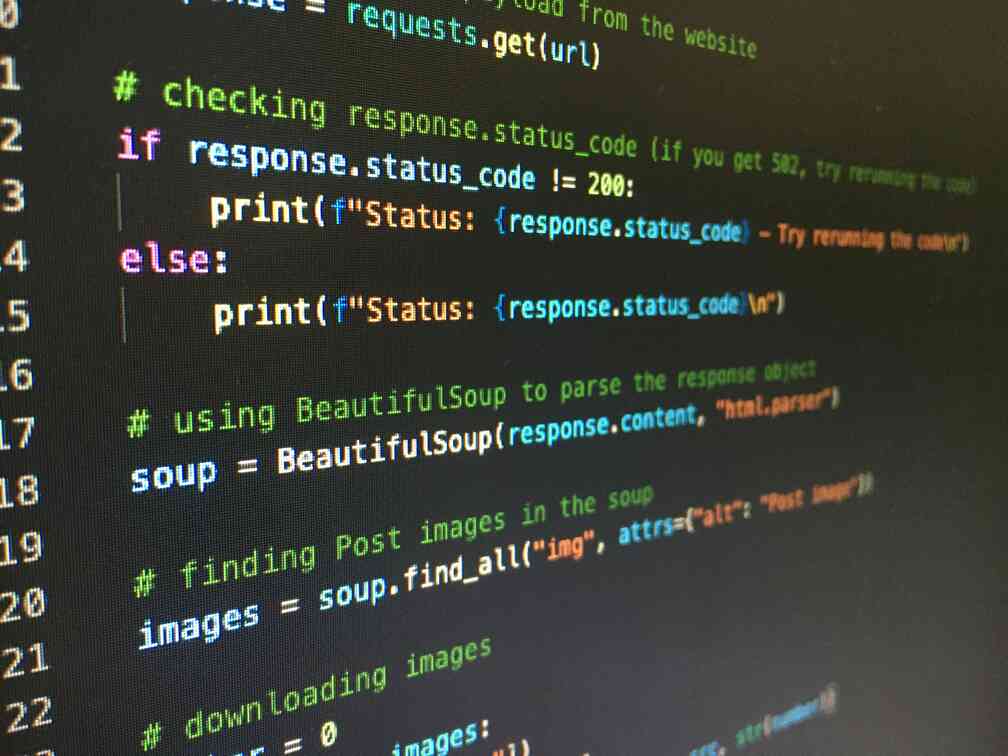Table of Contents
Hello there! If you've just embarked on your journey into the world of data science, or you're a seasoned coder looking to get up to speed with data manipulation in Python, this article is your go-to resource. Today, we're diving deep into the realm of Pandas, Python's powerhouse library, that makes data manipulation a breeze. By the end of this guide, you'll not only understand what Pandas is and why it's so crucial in the data science toolkit, but you'll also get hands-on with some real examples.
What Is Pandas?
Pandas is an open-source data analysis and manipulation tool built on top of the Python programming language. It offers data structures and operations for manipulating numerical tables and time series, making it a pivotal tool for data scientists and analysts.
Why Pandas, you ask? Well, it's designed to do the heavy lifting for you with data. It simplifies tasks like reading large files, changing the shape of data tables, and slicing and dicing data according to your whims.
Getting Pandas Up and Running
Before you can start playing with data, you need to set up your workshop. This means getting Pandas installed on your computer. Assuming you've already installed Python, you can install Pandas using pip, Python's package installer.
|
1 |
pip install pandas |
Once Pandas is installed, you're ready to roll. Let's begin by importing Pandas along with another helpful library called NumPy, which Pandas relies on for more complex mathematical functions.
|
1 2 |
import pandas as pd import numpy as np |
Your First Steps in Pandas
Learning a new library can be daunting, but the best way to learn is by doing. Let's start with the basics.
Creating a DataFrame
The primary data structure in Pandas is the DataFrame—a two-dimensional size-mutable, potentially heterogeneous tabular data structure with labeled axes (rows and columns). Here's how you can create one from scratch:
|
1 2 3 4 5 6 7 8 |
data = { "Name": ["Anna", "Bob", "Catherine", "David", "Emily"], "Age": [28, 22, 34, 19, 24], "Occupation": ["Engineer", "Designer", "Artist", "Programmer", "Writer"] } df = pd.DataFrame(data) print(df) |
Reading and Writing Data
One of the first tasks you'll likely need to perform is reading data from a file. Pandas supports multiple formats, including CSV, Excel, and SQL databases. Here's how you can read a CSV file:
|
1 |
df = pd.read_csv('path/to/your/data.csv') |
You can also write DataFrames back to a file with similar ease, which is great for sharing your results or saving progress.
|
1 |
df.to_csv('path/to/your/newfile.csv') |
Basic Data Manipulation
Once your data is loaded into Pandas, you can start manipulating it. Let's say you want to filter out only the rows where Age is above 25:
|
1 2 |
older_than_25 = df[df['Age'] > 25] print(older_than_25) |
Or maybe you want to create a new column based on existing data:
|
1 2 |
df['Seniority'] = np.where(df['Age'] >= 30, 'Senior', 'Junior') print(df) |
Advanced Data Handling
Dealing with Missing Data
Data isn't always perfect. Handling missing values is an essential skill for any data scientist.
|
1 2 3 4 5 6 7 8 |
# Check for missing values print(df.isnull().sum()) # Fill missing values df.fillna(value=0, inplace=True) # Drop rows with missing values df.dropna(inplace=True) |
Grouping and Aggregation
Pandas shines when it comes to grouping and summarizing data. Suppose you want to find the average age by occupation:
|
1 2 |
grouped = df.groupby('Occupation')['Age'].mean() print(grouped) |
Merging and Joining
You might often need to combine data from multiple sources. Pandas provides several methods to merge DataFrame objects, such as merge() and concat():
|
1 2 3 4 5 6 7 8 |
df1 = pd.DataFrame(data1) df2 = pd.DataFrame(data2) # Concatenating DataFrames combined = pd.concat([df1, df2]) # Merging DataFrames merged = pd.merge(df1, df2, on='key_column') |
Visualizing Data
No data analysis is complete without some form of visualization. Pandas directly supports basic plotting capabilities, which can be a quick and effective way to look at your data:
|
1 2 3 4 |
import matplotlib.pyplot as plt df['Age'].plot(kind='hist') plt.show() |

Tips for Becoming a Pandas Pro
- Practice: Like any programming skill, becoming proficient with Pandas requires practice.
Try manipulating different datasets and experiment with Pandas' extensive functionalities. - Documentation: Whenever you’re stuck, the Pandas documentation is an excellent resource.
- Community: Engage with the community through forums like Stack Overflow or Reddit to learn from others’ experiences.
Conclusion
Now that you've had a taste of what Pandas can do, it's time to dive deeper. The real power of Pandas isn't just in performing tasks but in combining these tasks to solve complex data problems effectively. Whether you're analyzing user behavior metrics, financial records, or scientific data, Pandas can help you make sense of it all, quickly and efficiently. So, happy data wrangling, and remember—Pandas is your friend!

